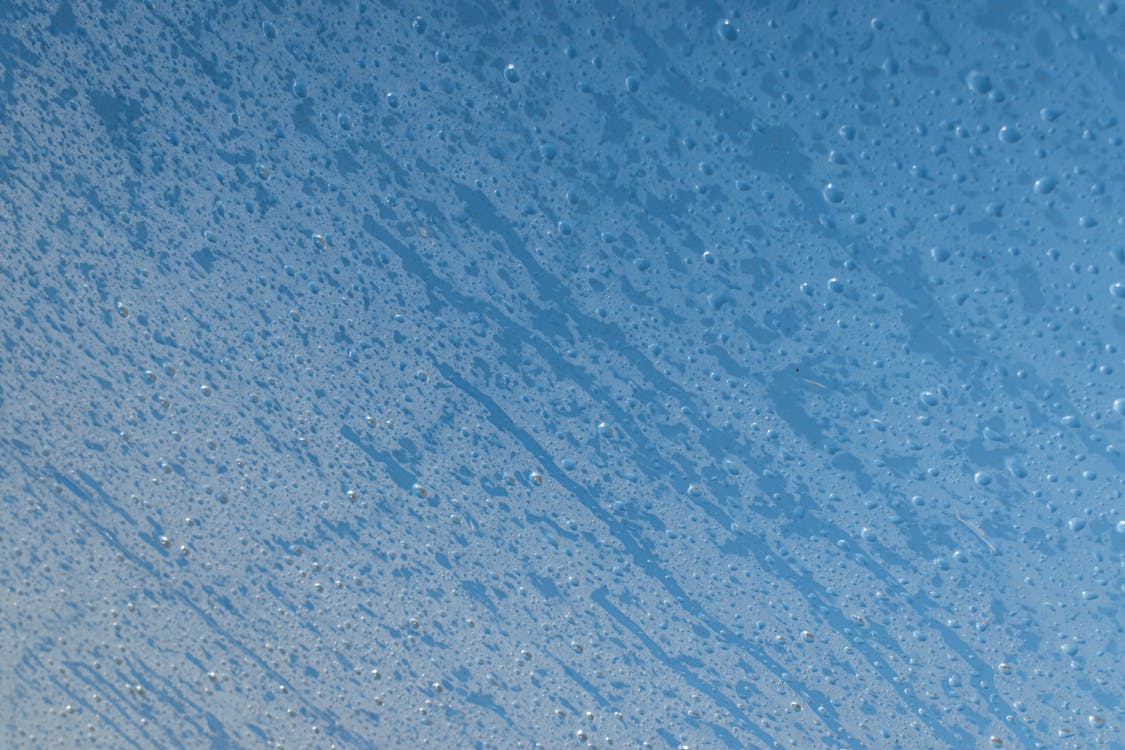How Window Shutters Help with Condensation
Condensation is a common problem in homes, particularly during the colder months when warm indoor air meets the cold surface of windows. Left unmanaged, it can lead to mould growth, dampness, and even structural damage. One effective solution to combat condensation is installing window shutters. In this article, we’ll explore how window shutters can help with condensation and why they are a practical choice for homeowners.
What Causes Window Condensation?
Condensation occurs when moist air comes into contact with a cold surface, such as your windows. This happens when:
- Humidity levels are high inside the home, often from cooking, bathing, or drying clothes indoors.
- Inadequate ventilation traps moisture, which then condenses on cold surfaces.
- Poor insulation causes windows to be cooler than the surrounding air, increasing the likelihood of condensation.
How Do Window Shutters Work?
Window shutters are not just decorative; they serve a functional purpose in regulating the temperature and moisture levels around your windows. Here’s how they help:
1. Improved Insulation
Shutters add an extra layer of insulation between the window and the room. Unlike curtains, which only cover the window surface, shutters fit snugly against the window frame, creating a seal that prevents the cold air outside from meeting the warm air inside. This helps to reduce temperature fluctuations, making it harder for condensation to form.
2. Better Air Circulation
One of the key factors in preventing condensation is proper air circulation. When shutters are open, they allow for better airflow, preventing the build-up of moisture around the window. Unlike heavy curtains, which may block air movement, shutters can be easily adjusted to let air circulate, reducing the likelihood of condensation.
3. Moisture Control
Shutters made from materials like water-resistant PVC or treated wood are less likely to absorb moisture compared to fabric curtains or blinds. This makes them an excellent choice for rooms prone to high humidity, such as kitchens and bathrooms, where condensation is most common. By choosing the right materials, you can also minimise the risk of mould or damp forming around your windows.
4. Energy Efficiency
Energy-efficient homes are less likely to suffer from condensation because they maintain a consistent temperature throughout. Shutters contribute to energy efficiency by preventing heat loss in the winter and keeping the house cooler in the summer. A more stable indoor temperature means there’s less chance of condensation developing on windows.
Types of Shutters Best for Condensation Control
There are various types of window shutters available, each offering specific benefits when it comes to condensation prevention:
1. Plantation Shutters
These are one of the most popular options. Plantation shutters have wide, adjustable slats that allow for easy control of light and airflow. This helps regulate temperature and moisture, reducing the risk of condensation.
2. Solid Panel Shutters
Solid shutters offer even better insulation because they completely cover the window surface. This creates a stronger barrier against cold air, making them ideal for homes in colder climates.
3. Café-Style Shutters
Café-style shutters cover only the lower half of the window. They provide insulation where it’s needed most, while still allowing light and air to flow freely through the upper portion of the window, which aids in moisture control.
Additional Tips to Prevent Condensation
While window shutters are highly effective in reducing condensation, combining them with other strategies will further enhance your results:
- Use dehumidifiers to reduce moisture levels in the air, especially in rooms prone to dampness like kitchens and bathrooms.
- Ensure adequate ventilation by using extractor fans or opening windows regularly.
- Invest in double or triple glazing for your windows to provide additional insulation.
- Avoid drying clothes indoors as this increases humidity levels.
Why Choose Window Shutters for Condensation Control?
Choosing window shutters offers both practical and aesthetic benefits. They provide an attractive and timeless window dressing that enhances the overall look of your home while helping to control moisture and condensation. Additionally, shutters are low-maintenance, durable, and energy-efficient, making them a smart long-term investment for any property.
Key Benefits of Window Shutters:
- Reduces temperature fluctuations near windows.
- Prevents moisture build-up with better airflow.
- Insulates windows, reducing heat loss.
- Resistant to mould and damp.



